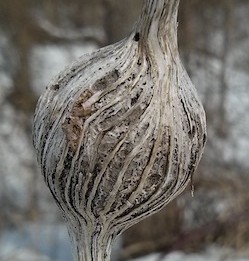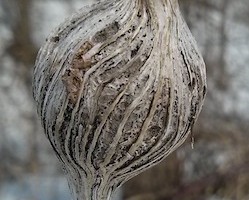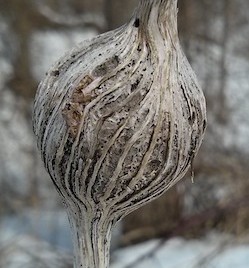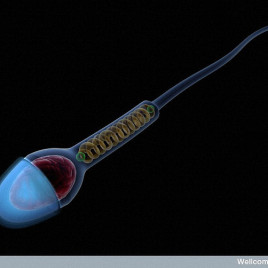
Goldenrod gall flies spend the winter inside lumps of plant tissue called galls; they have some of the best cold tolerance in the animal kingdom. One of their tricks is a form of fat that stays liquid at up to -80 C. (Credit: Western University)
New research shows that gall fly larvae produce a special form of fat that remains liquid at very low temperatures, up to -80 °C. Gall flies have some of the best cold tolerance in the animal kingdom. They spend the winter inside lumps of plant tissue called galls.
While the new discovery could help explain the exceptional cold tolerance of the gall fly, it may also help scientists design new forms of antifreeze and develop low-temperature biofuels.
Original research paper published in the Journal of Experimental Biology on April 30, 2014.
Names and affiliations of selected authors



